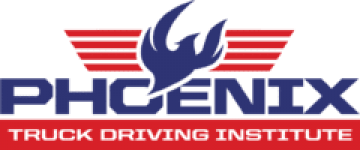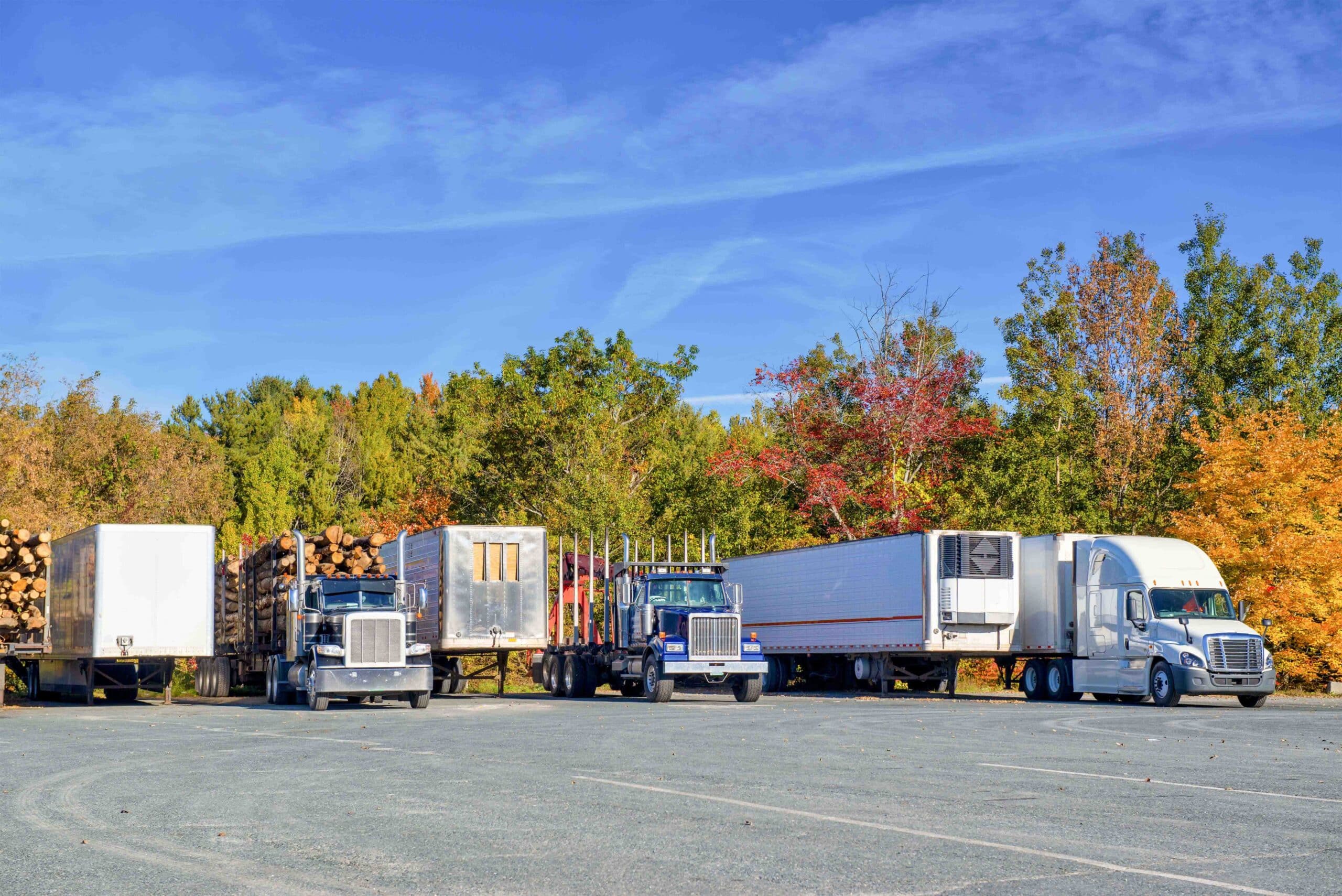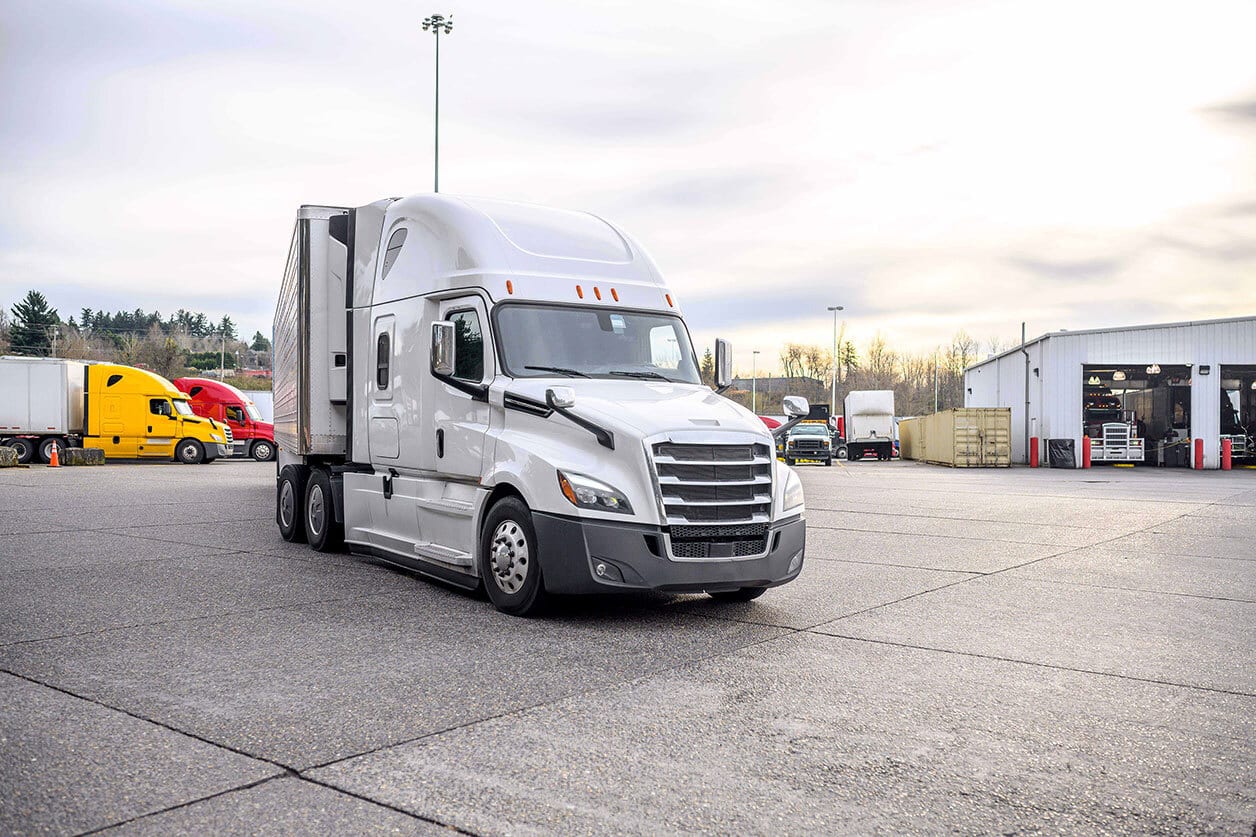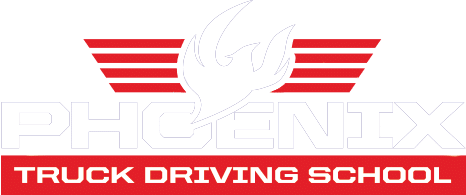When you’re out on the road, emergencies can happen at any time. As a truck driver, being prepared for unexpected emergency situations is crucial to ensure your safety and the safety of others. Whether it’s a mechanical breakdown, severe weather, or a health emergency, knowing how to respond effectively can make all the difference.
Here are some essential tips on how to stay safe and prepared during emergency situations on the road.
Stay Calm and Assess the Situation
The first step in any emergency is to stay calm and assess the situation. Panicking can lead to poor decision-making and increase the risk of further complications. Take a deep breath, evaluate the problem, and determine the best course of action. If necessary, pull over to a safe location where you can address the issue without endangering yourself or others.
Mechanical Breakdowns
Mechanical breakdowns are one of the most common emergencies truck drivers face. If you experience a breakdown, follow these steps:
- Signal and Pull Over: Use your hazard lights to alert other drivers and carefully pull over to the side of the road.
- Set Up Warning Devices: Place reflective triangles or flares behind your vehicle to warn approaching traffic.
- Call for Assistance: Contact your dispatch or a roadside assistance service to report the breakdown and request help.
- Stay Inside: If it’s safe to do so, remain inside your vehicle until help arrives. If you need to exit, do so cautiously and stay away from traffic.
Severe Weather Conditions
Severe weather, such as heavy rain, snow, or fog, can create hazardous driving conditions. To stay safe during inclement weather:
- Slow Down: Reduce your speed to maintain control of your vehicle and increase your following distance.
- Use Lights: Turn on your headlights and, if necessary, your fog lights to improve visibility.
- Stay Informed: Monitor weather reports and updates to stay aware of changing conditions.
- Find Shelter: If the weather becomes too dangerous to drive, find a safe place to park and wait until conditions improve.
Health Emergencies
Health emergencies can occur without warning. If you or a passenger experience a medical issue:
- Pull Over Safely: Find a safe spot to pull over and stop the vehicle.
- Call 911: Contact emergency services immediately to report the situation and request medical assistance.
- Administer First Aid: If you’re trained in first aid, provide basic care until help arrives. Keep a well-stocked first aid kit in your vehicle at all times.
- Stay with the Patient: Stay with the affected person and keep them calm until medical professionals arrive.
Dealing with Hazardous Materials
Transporting hazardous materials requires extra caution and preparedness. If you encounter an emergency while hauling hazardous materials:
- Follow Regulations: Ensure you are familiar with and adhere to all regulations regarding the transportation of hazardous materials.
- Evacuate if Necessary: If there is a spill or leak, evacuate the area immediately and keep a safe distance.
- Contact Authorities: Report the incident to local authorities and emergency response teams without delay.
- Contain the Situation: If safe to do so, use any containment tools you have to prevent the spread of hazardous materials.
- Follow Emergency Procedures: Refer to the Emergency Response Guidebook (ERG) for specific actions related to the materials you are transporting.
Accidents
In the unfortunate event of an accident:
- Check for Injuries: Assess yourself and others for injuries and provide first aid if needed.
- Call 911: Report the accident to emergency services and provide them with all necessary information.
- Exchange Information: If it’s safe, exchange contact and insurance information with the other parties involved.
- Document the Scene: Take photos of the accident scene, vehicle damage, and any relevant road conditions.
- Notify Your Employer: Inform your dispatch or employer about the accident as soon as possible.
Emergency Kit Essentials
Being prepared means having the right tools and supplies on hand. Ensure your truck is equipped with an emergency kit that includes:
- Reflective triangles or flares
- Flashlight and extra batteries
- First aid kit
- Basic tools (wrenches, screwdrivers, pliers)
- Jumper cables
- Fire extinguisher
- Non-perishable food and water
- Warm clothing and blankets
Training and Preparedness at Our Trucking School
At Phoenix Truck Driving School, we emphasize the importance of safety and preparedness in all our training programs. Equip yourself with the knowledge and skills needed to handle various situations on the road. By staying prepared and informed, you can ensure a safer journey for yourself and others.











